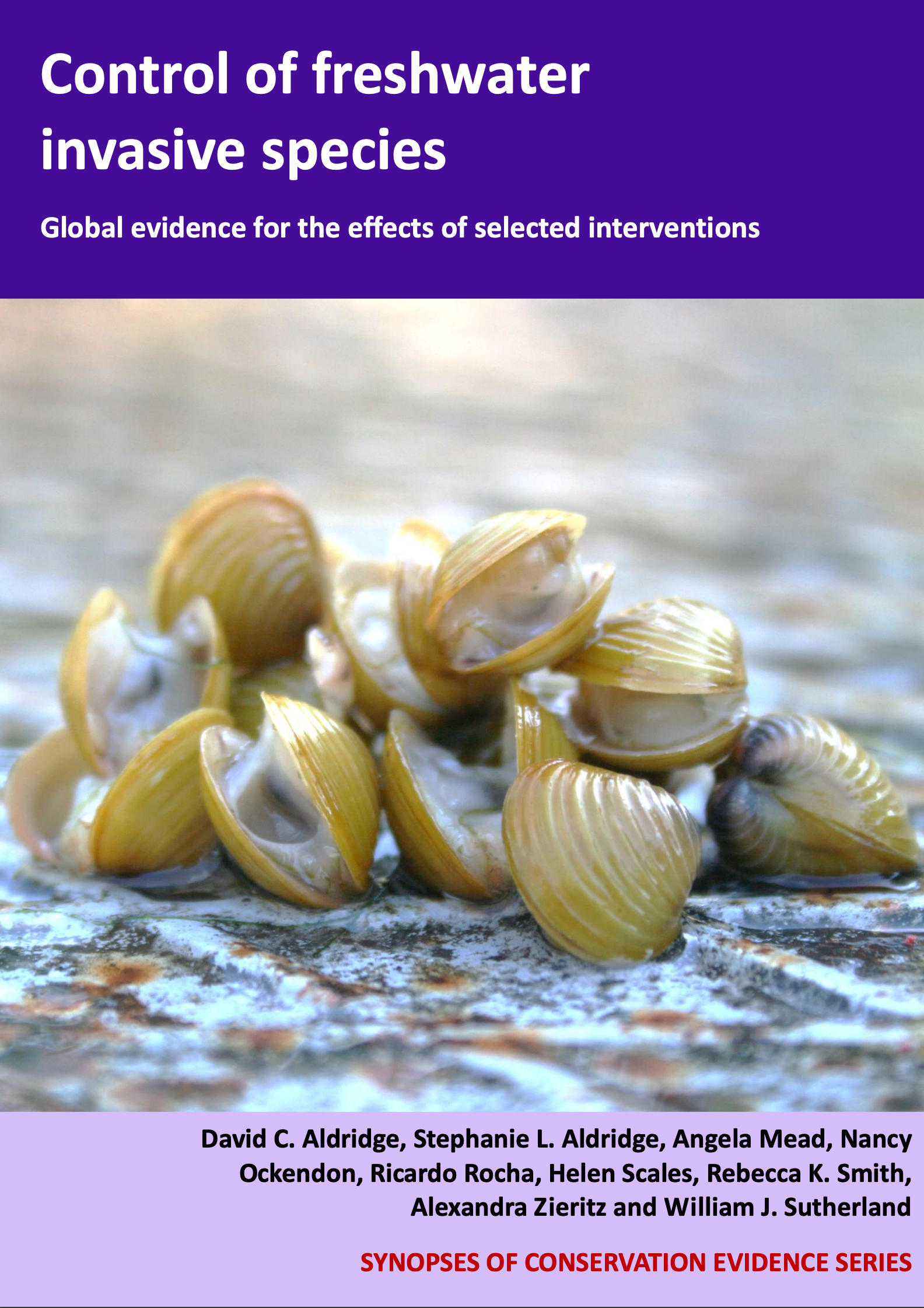Brown and black bullheads: Application of a biocide
-
Overall effectiveness category Beneficial
-
Number of studies: 2
View assessment score
Hide assessment score
How is the evidence assessed?
-
Effectiveness
80% -
Certainty
80% -
Harms
not assessed
Study locations
Supporting evidence from individual studies
A study in 2014 at a fishery in Essex, UK (Environment Agency Invasive Species Action Group 2014) reported that use of a piscicide containing rotenone achieved eradication of black bullhead Ameiurus melas. The piscicide was applied using a boat and a bank based application system. Dead fish were removed using nets. During and after the operation, regular water samples were taken to monitor the level of rotenone.
Study and other actions testedA study from 2001-2003 in two ponds in Illinois, USA (Towey 2007) found that rotenone successfully eradicated black bullhead Ameiurus melas, but one pond required two separate doses due to an incomplete initial kill. Rotenone was applied in December 2001 using a motorised and hand-pumped sprayer at concentrations of 7 parts per million or 3.5 parts per million, with dose dependent on apparent fish susceptibility. It was applied from several points along banks to ensure complete coverage. A second application was applied in January 2003 as black bullhead catfish were not eliminated in 2001. Ponds were sampled with wire minnow traps, D-frame nets and visual observations to ensure fish had been eliminated.
Study and other actions tested
Where has this evidence come from?
List of journals searched by synopsis
All the journals searched for all synopses
This Action forms part of the Action Synopsis:
Control of Freshwater Invasive Species
Control of Freshwater Invasive Species - Published 2017
Control of Freshwater Invasive Species Synopsis





)_2023.JPG)














